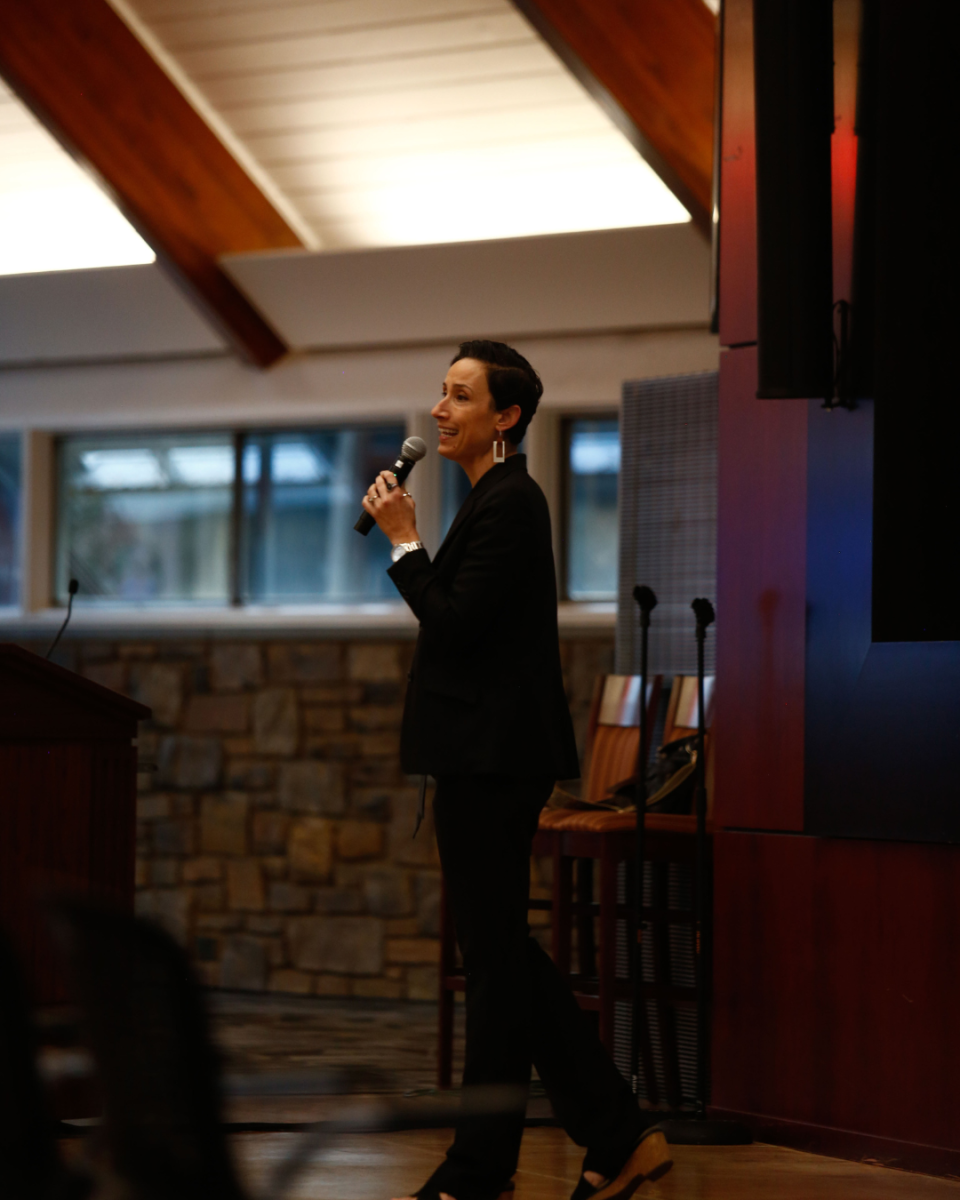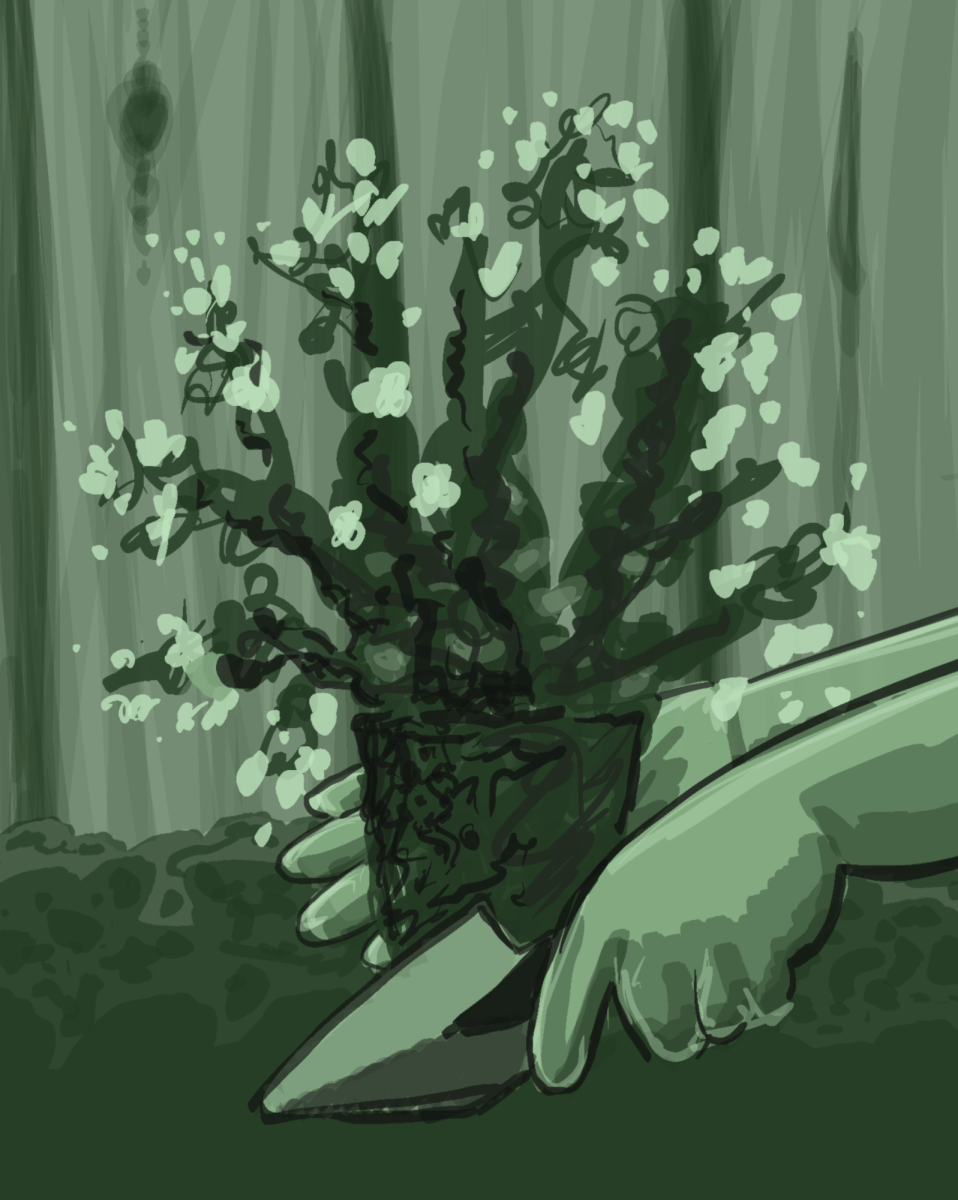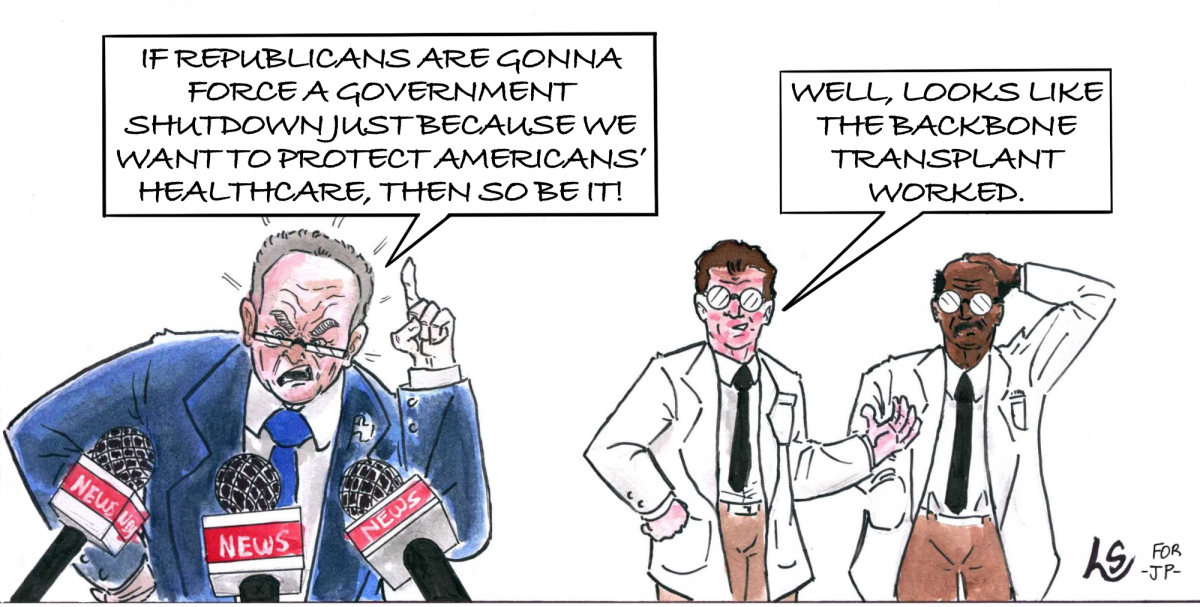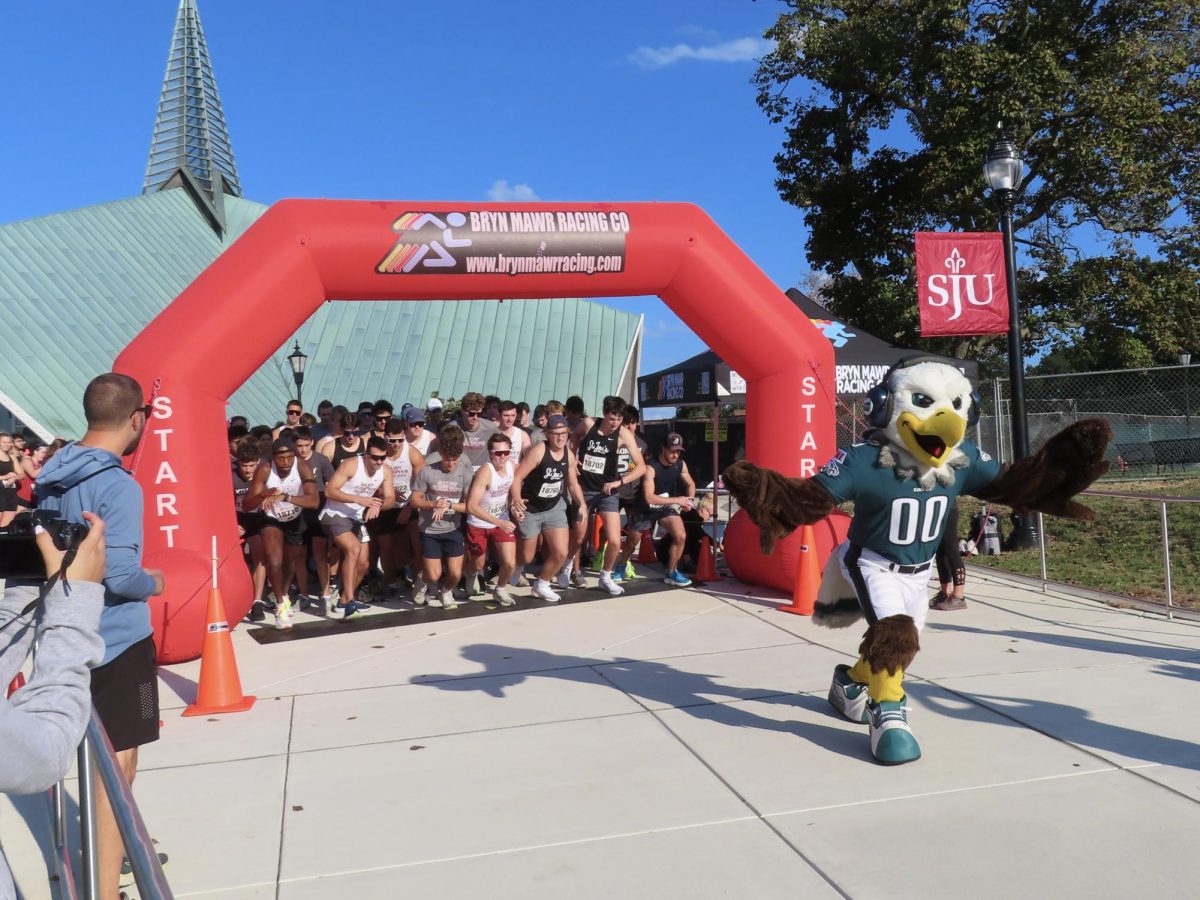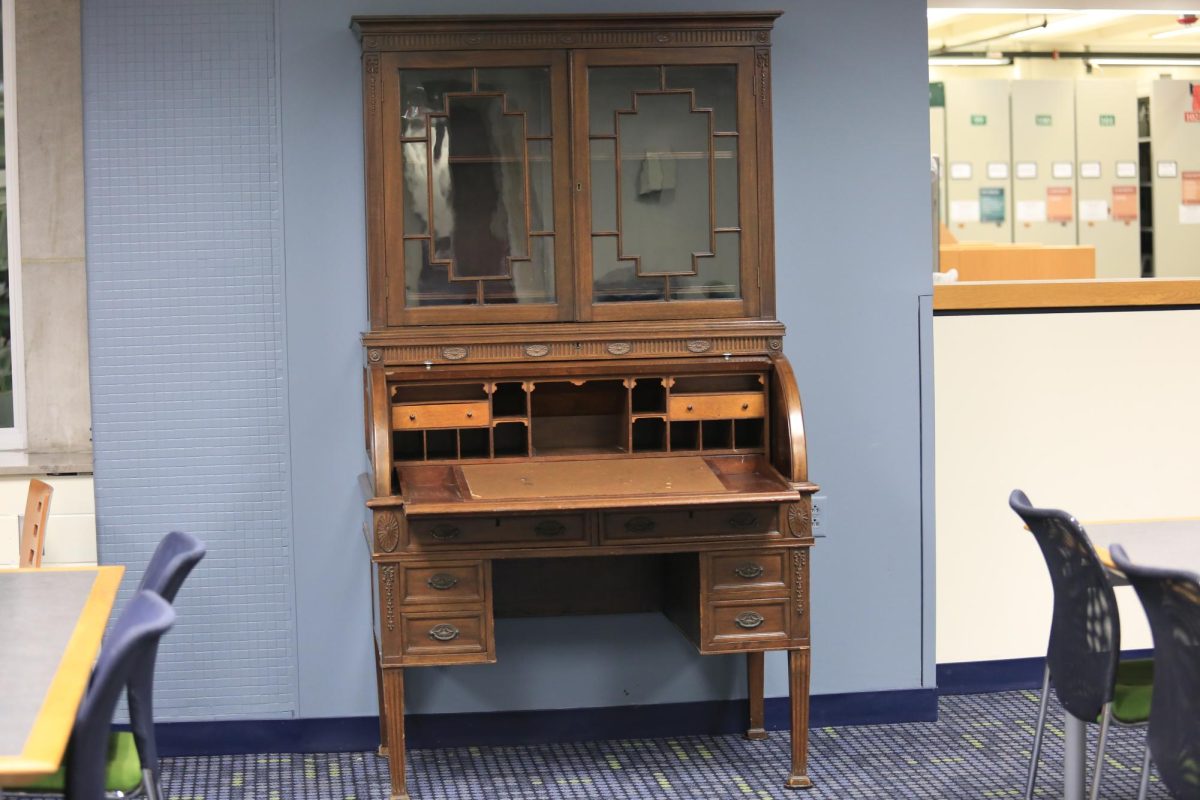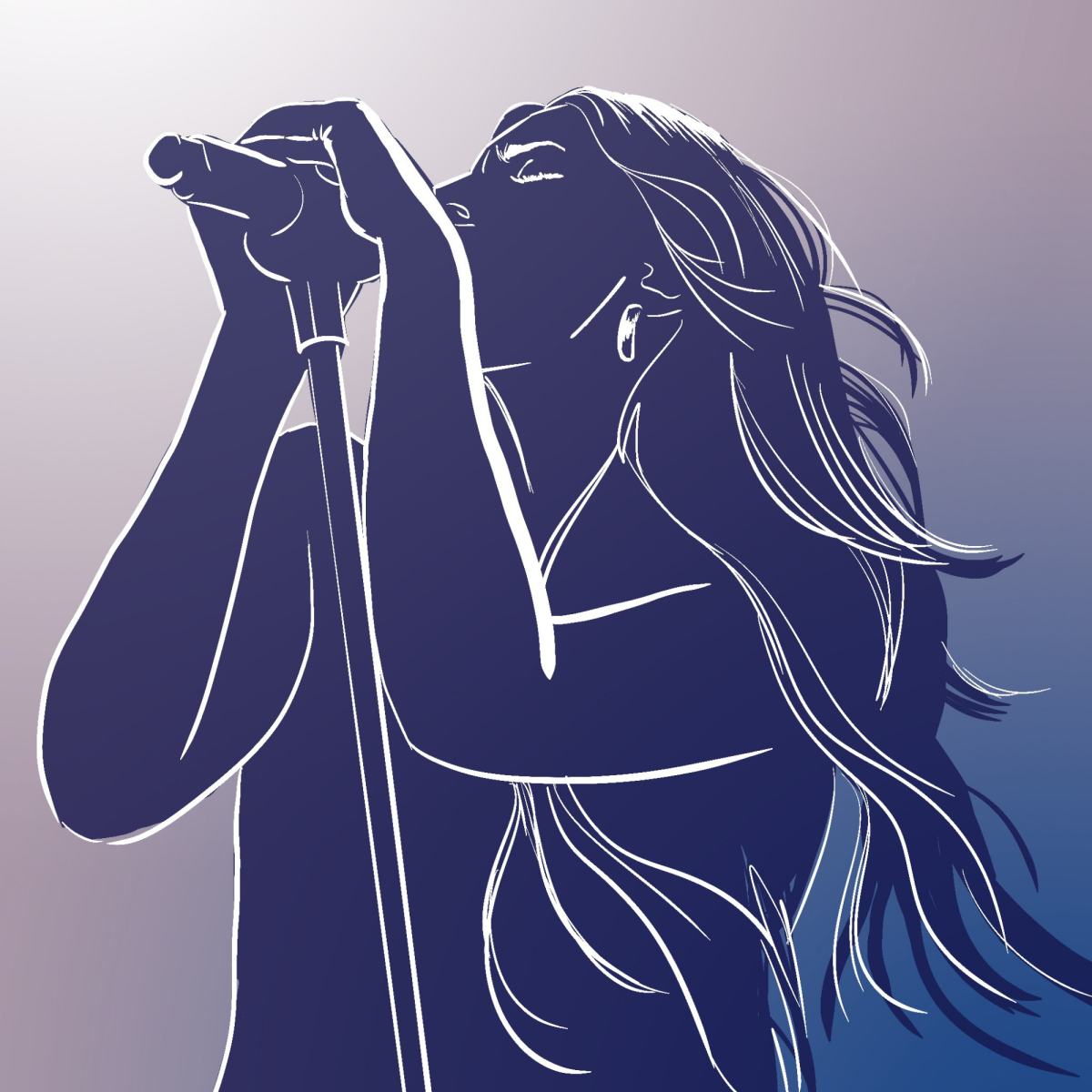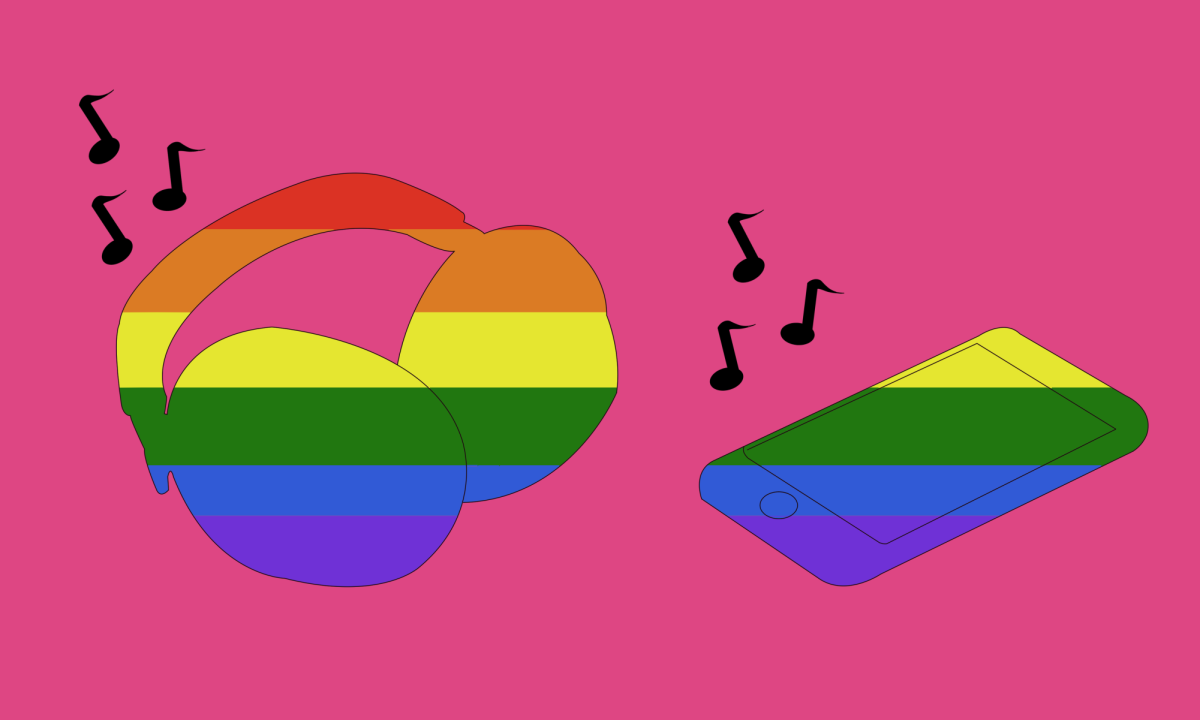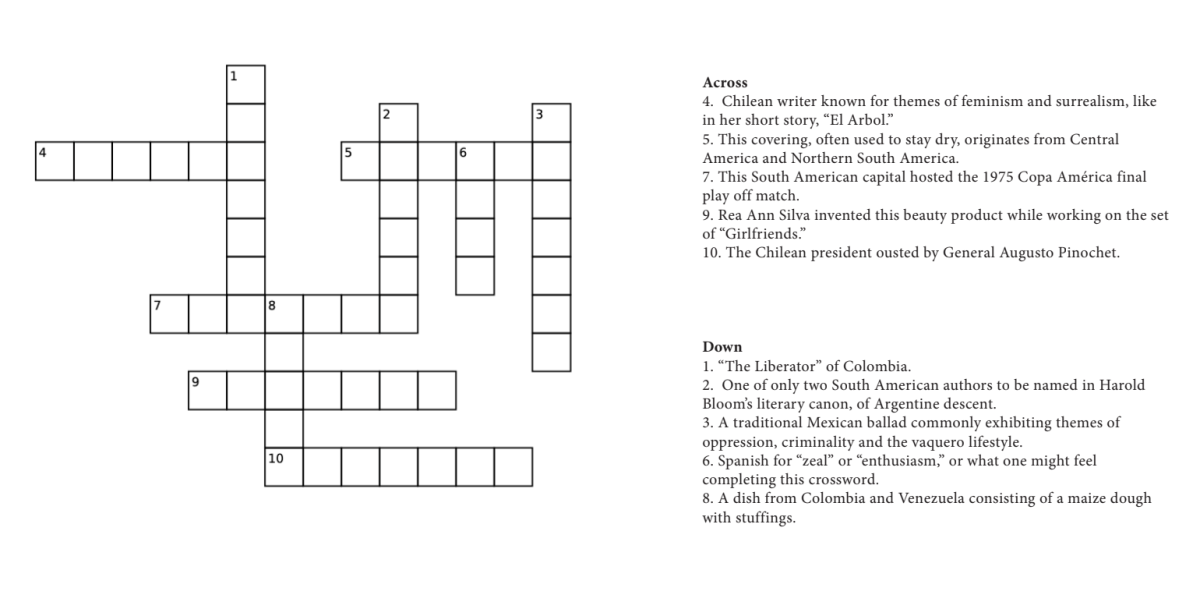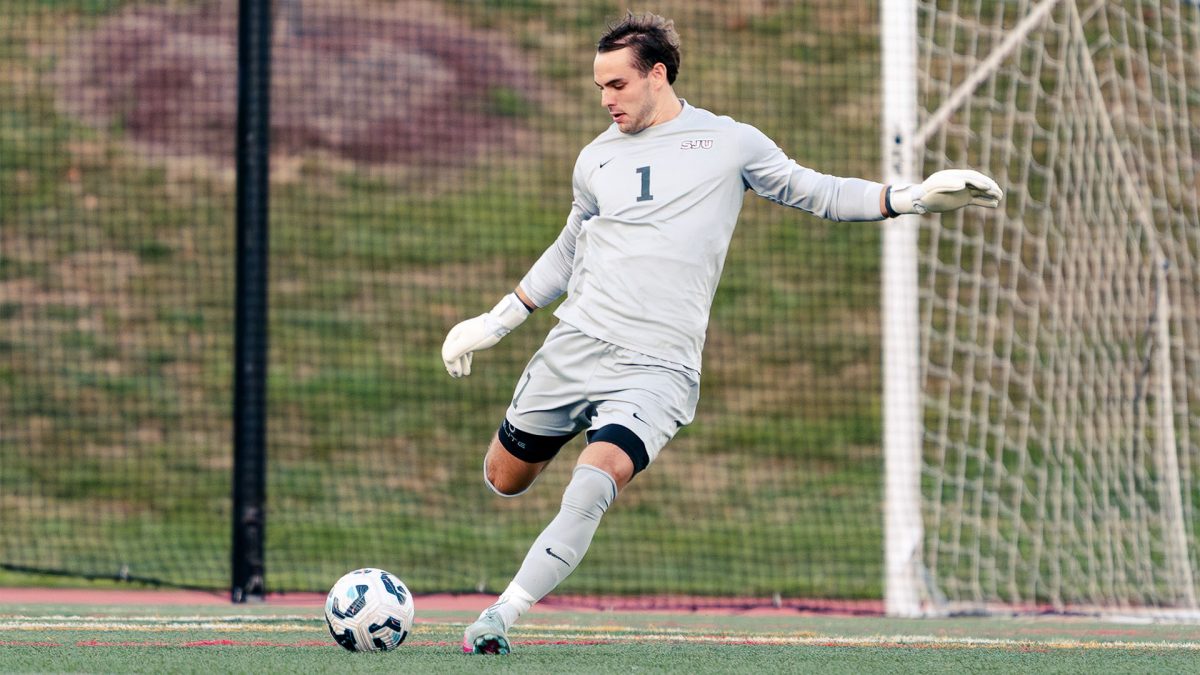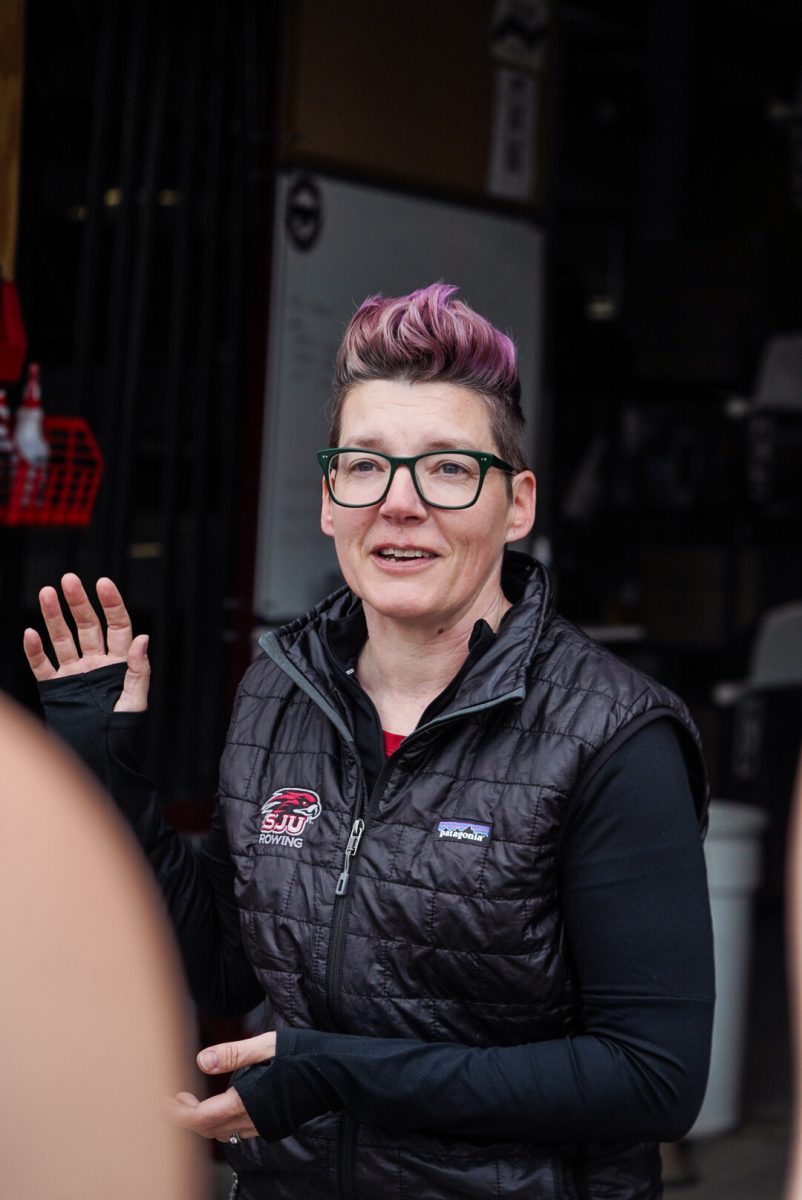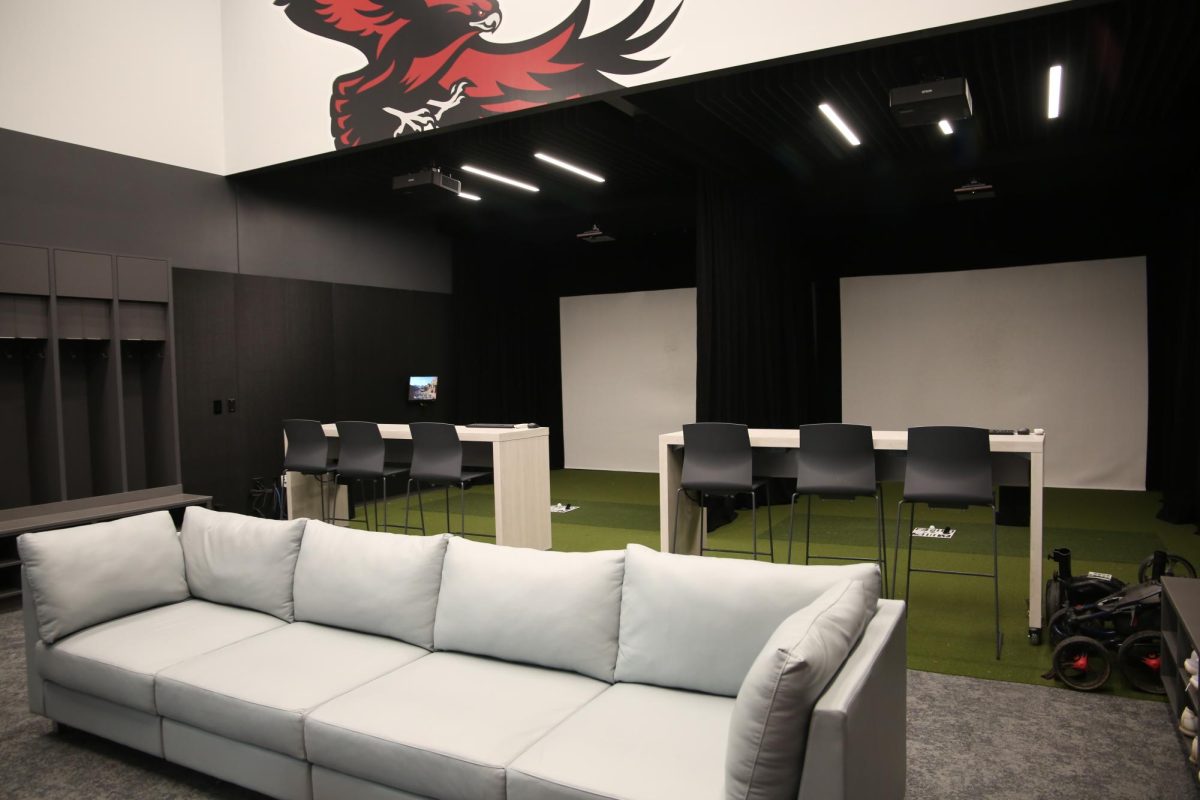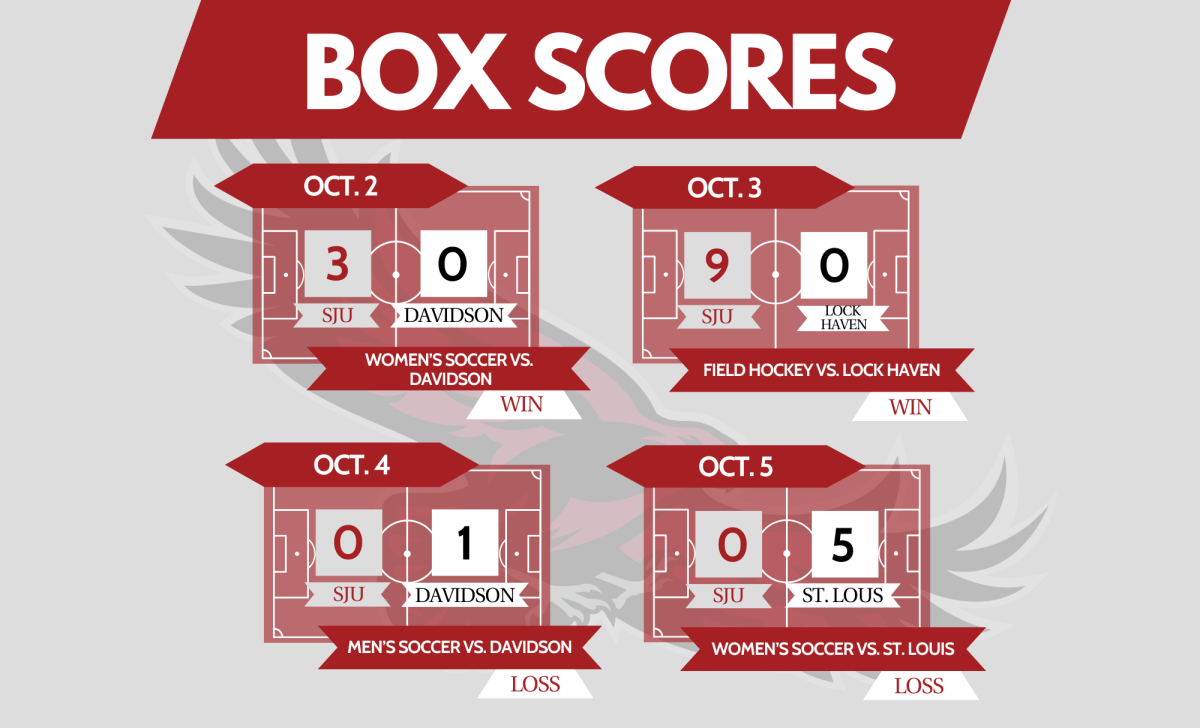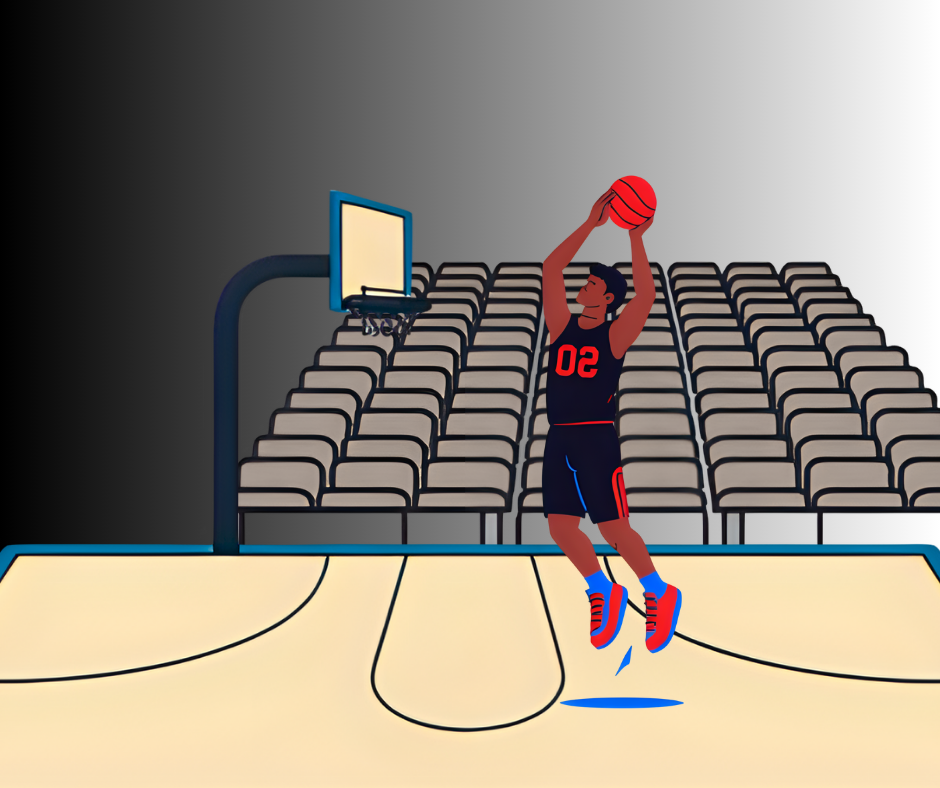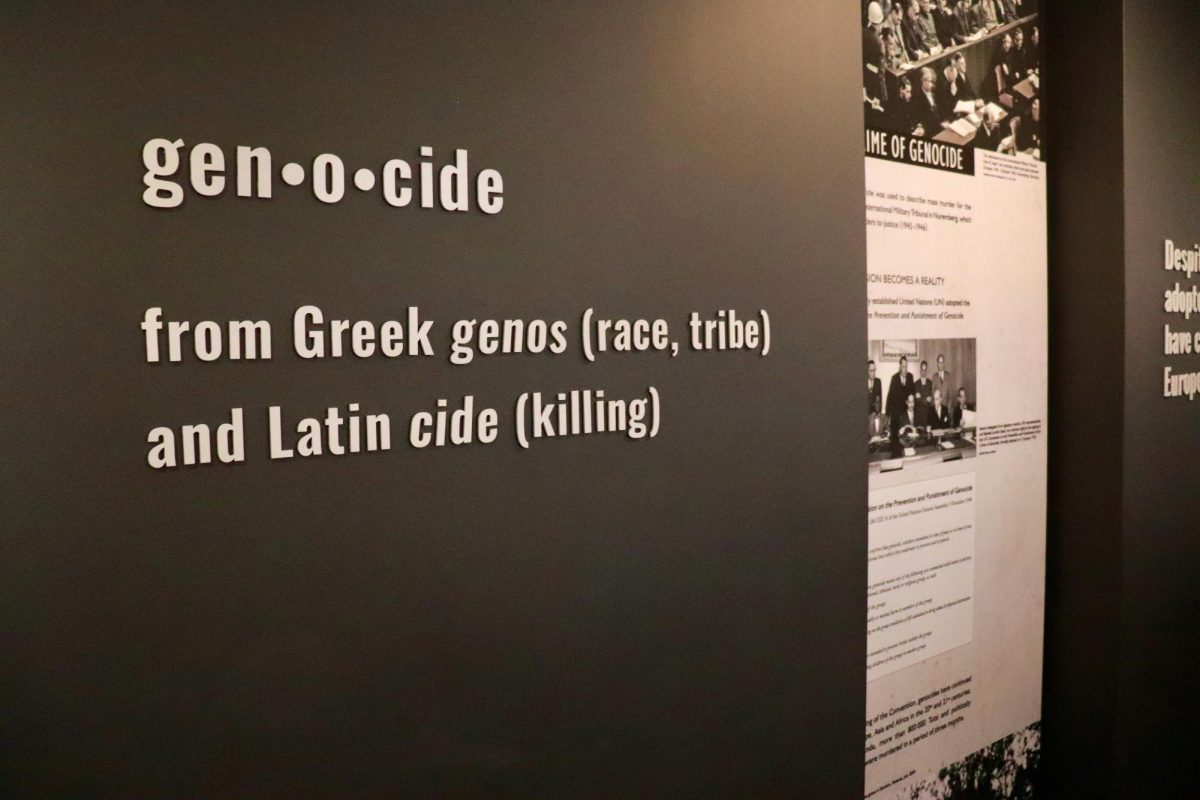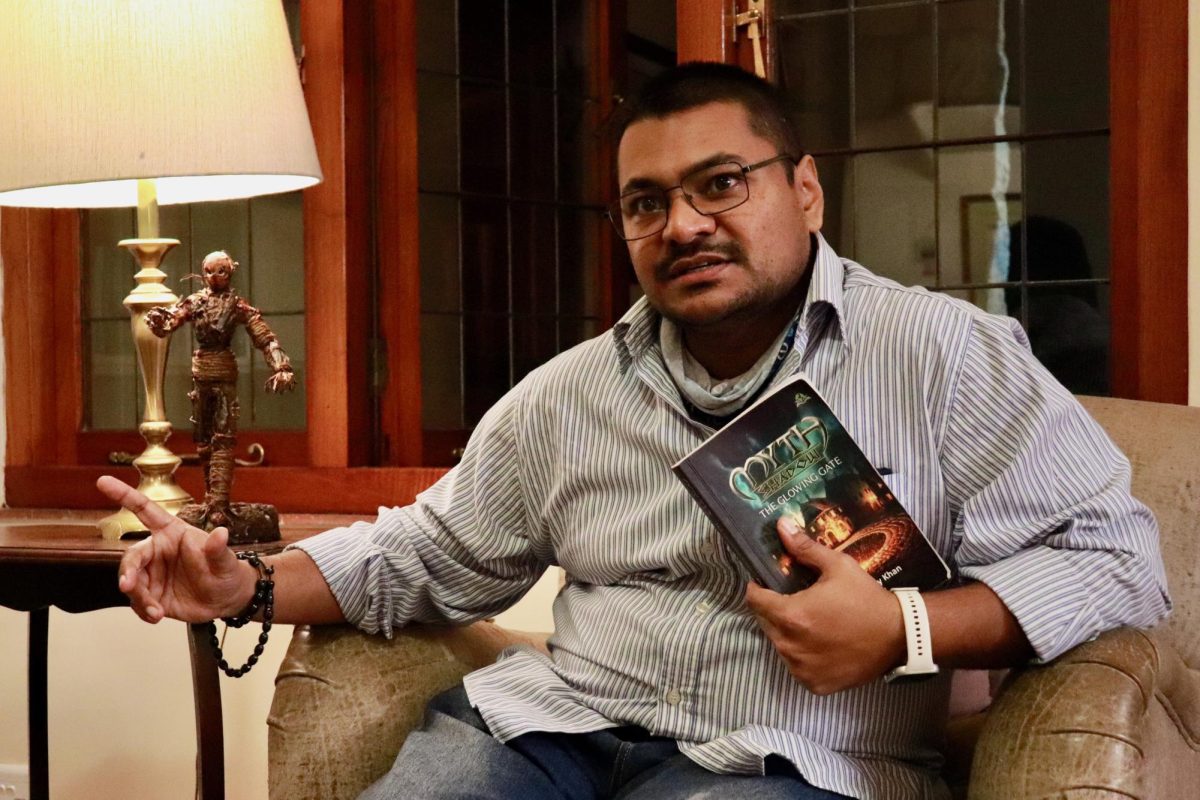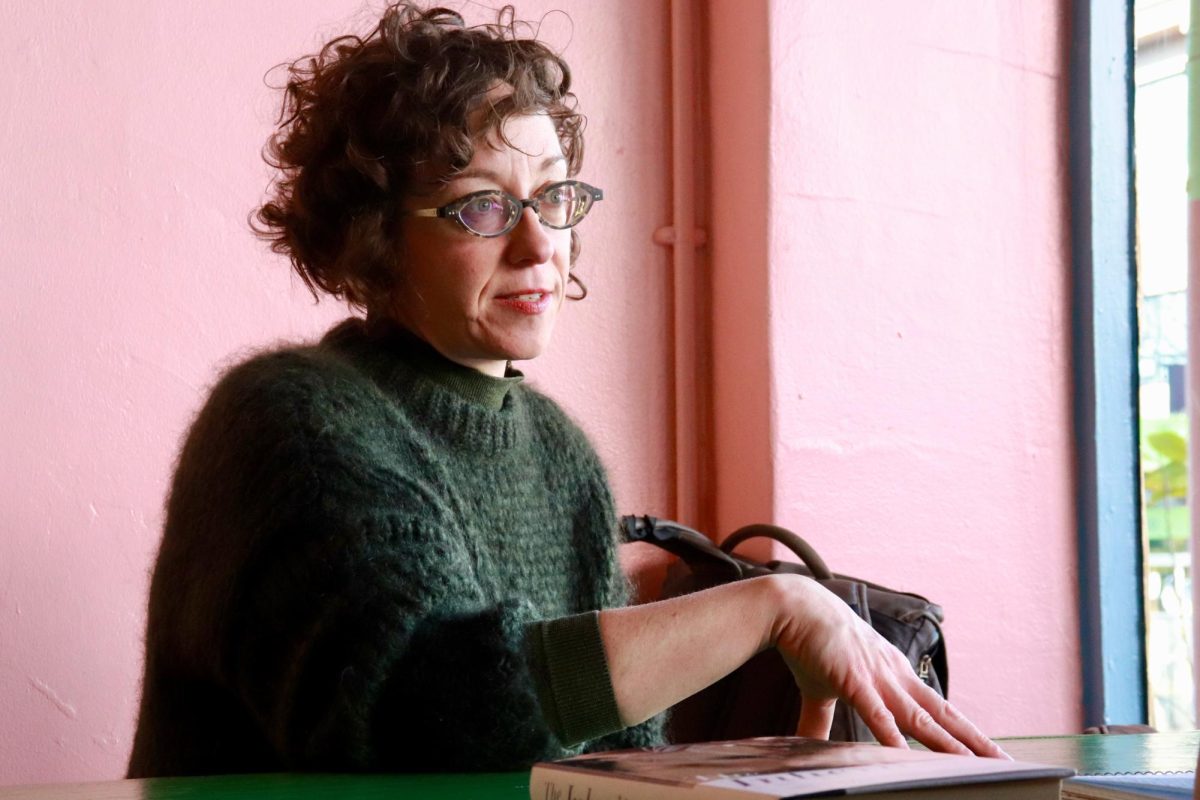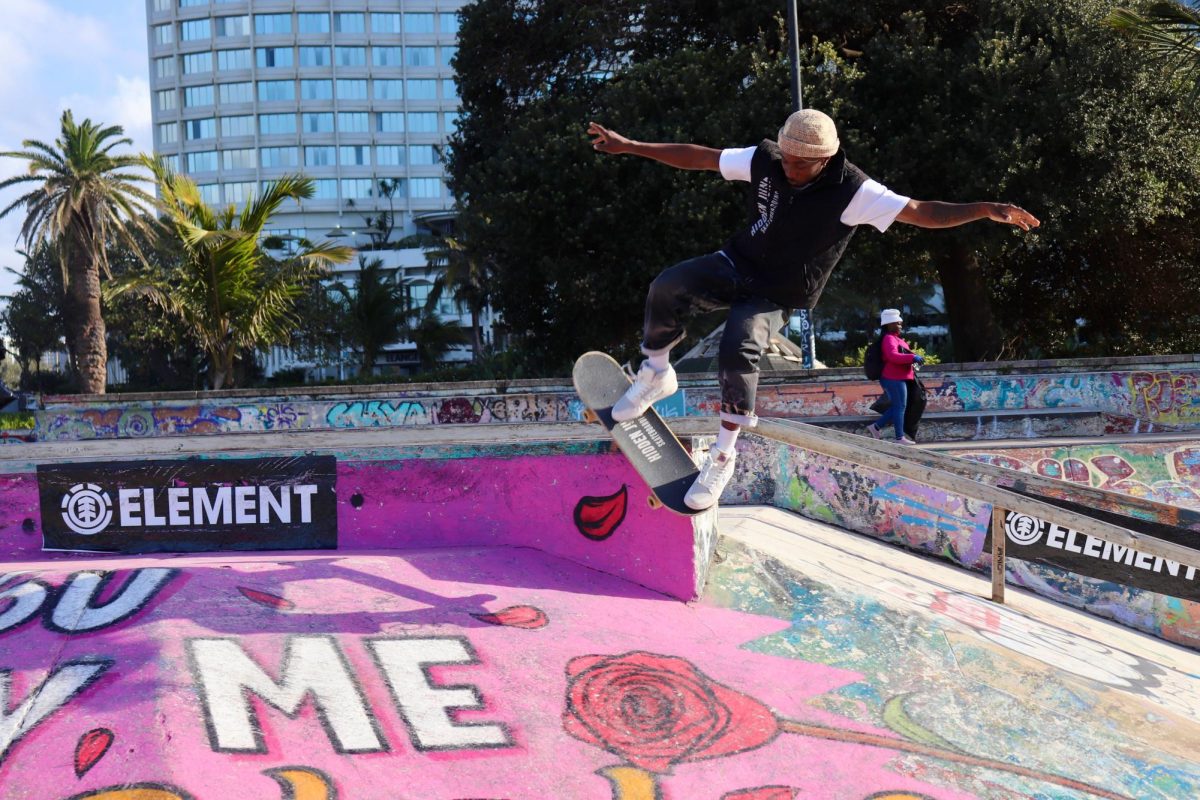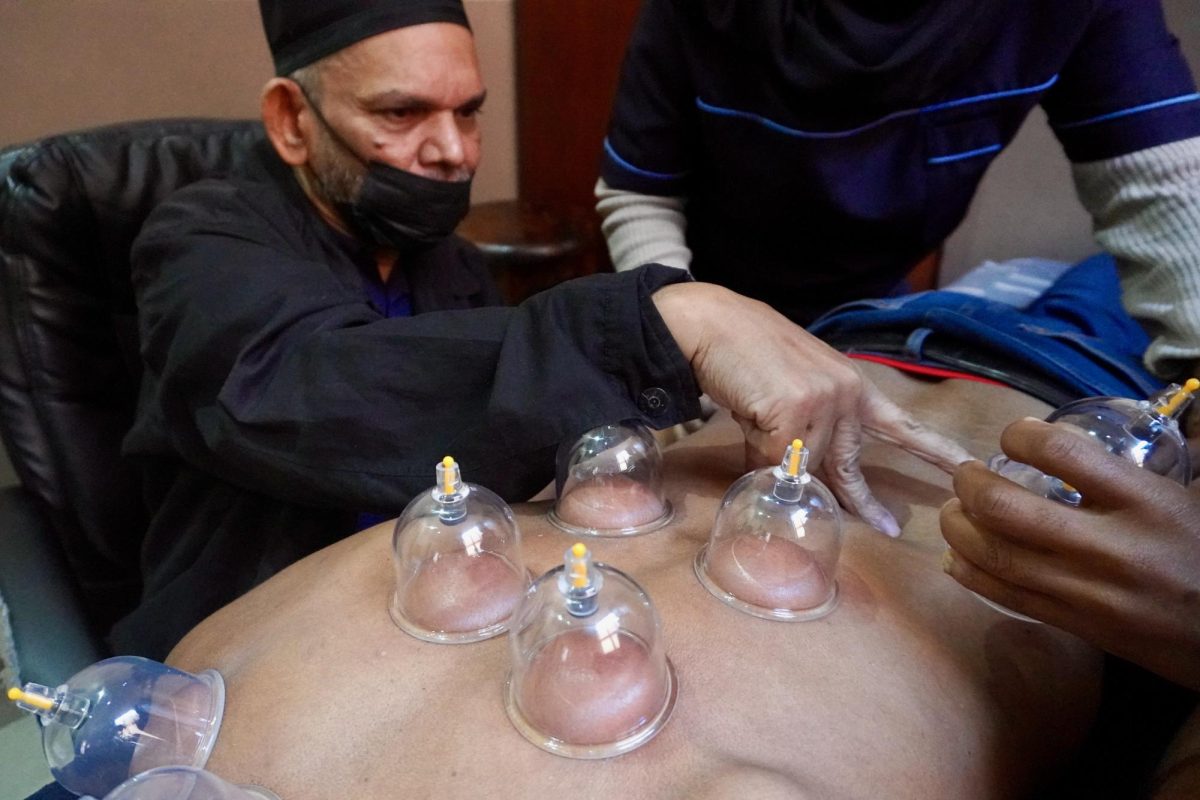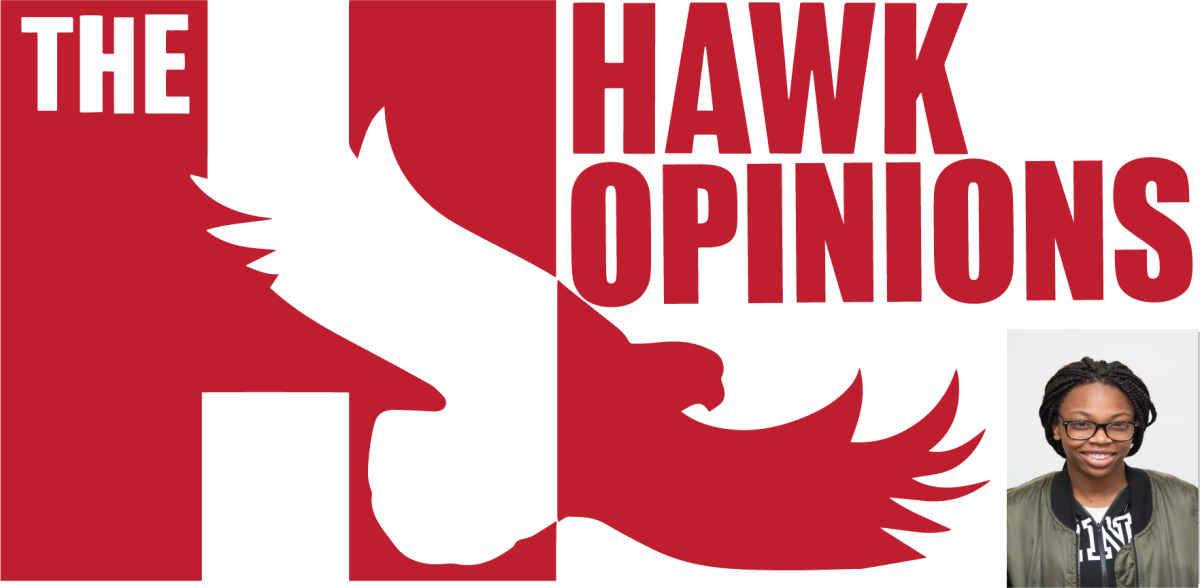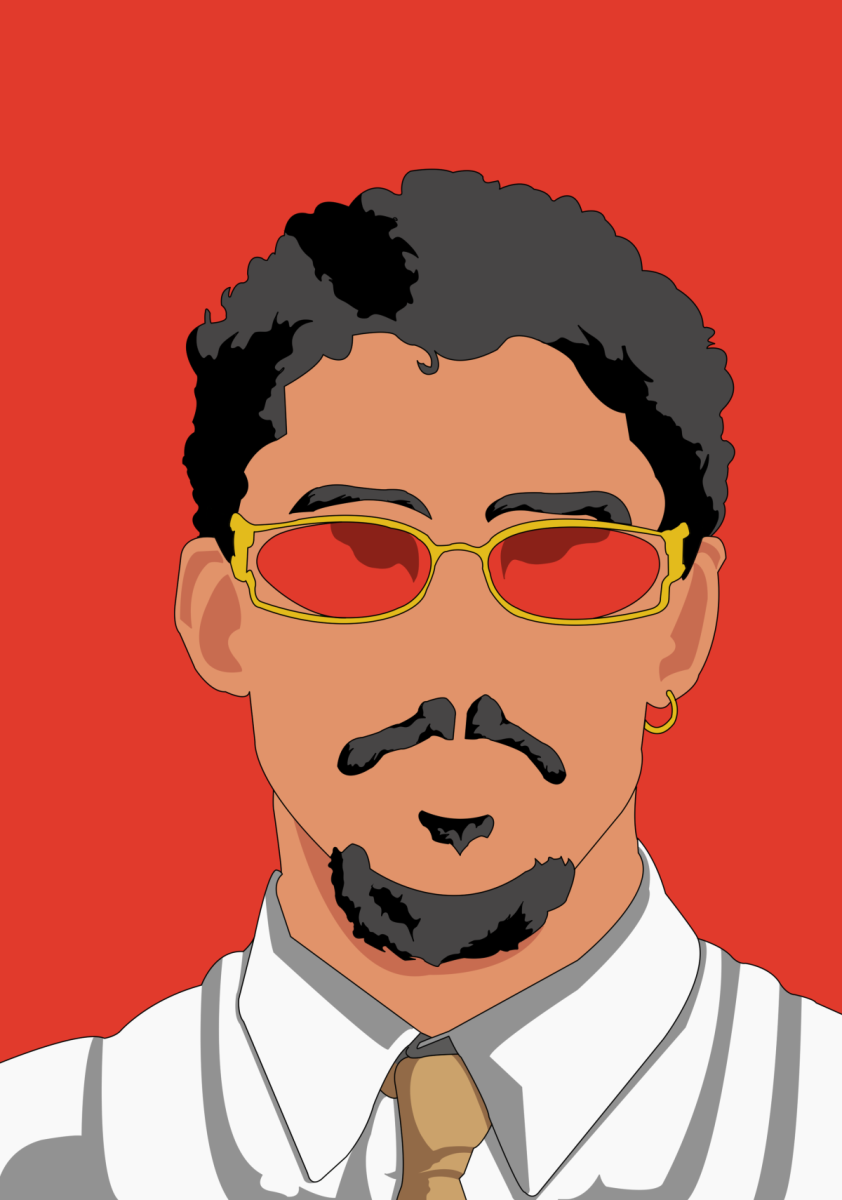What it is and how we can fix it
America is all about being a “melting pot” or “salad” allowing different races, cultures or ethnic groups to live together in harmony while still being appreciated for their differences. Yet it should be duly noted that there is a difference between appreciating a culture and appropriating a culture.
So what is cultural appropriation?
Over the last three years the term “cultural appropriation” has become more relevant, especially in the media. Some of you might be asking: “Well what is culture appropriation?” and “Why is it a bad thing?” Cultural appropriation is defined by Susan Scafidi, a Fordham University law professor and author of “Who Owns Culture? Appropriation and Authenticity in American Law,” as “taking intellectual property, traditional knowledge, cultural expressions, or artifacts from someone else’s culture without permission.”
This can include unauthorized use of another culture’s dance, dress, music, language, folklore, cuisine, traditional medicine and religious symbols.. It’s most likely to be harmful when the source community is a minority group that has been oppressed or exploited in other ways or when the object of appropriation is particularly sensitive, e.g. sacred objects.
The most common way we see appropriation of black culture,, is through hairstyles, including Kim Kardashian’s cornrows. The Kardashians and Jenners are no strangers to the appropriation of black culture. Their brand of cultural appropriation is relatively frequent and their response to criticism is dismissive at best, causing people who have not been exposed to black culture to easily say “I don’t get what the big deal is, it’s just hair…right?”
Wrong. Cornrows and other predominantly black hairstyles like dreadlocks or bantu knots are more than just cute “space buns” or way to look “edgy.” These styles, especially cornrows, date all the way back to slavery and were used as ways to communicate escape routes. On a simpler note, they were a way to protect our hair. When we see mostly white people taking something with ease and without understanding the context, that is where the backlash comes in.
So what is the real issue with cultural appropriation?
The real issue comes in when the people taking the style try to claim it as their own without being educated in the importance of what they are “borrowing.” The black “style” looks cool to them, and this leads people of many ethnicities (mostly Caucasian) to take it and use it as their own.
This disrespect we feel is when people of other ethnicities are praised for this certain style, while black people are ridiculed or even punished. We have seen white people earning praise for the same hairstyles people of color are looked down upon for wearing, especially in the workplace. Cultural staples were dubbed “new trends” and black people were often erased from black spaces.
The best way to try and combat cultural appropriation is through awareness and education. Halloween is the holiday where cultural appropriation at its peak, where people can literally take an important part of someone’s culture and make it into a costume. If people stopped and educated themselves on the importance of a headdress in Native American cultures, they would think twice about picking one up to play pretend for a night.
If people realized how many black people are asked to change their hairstyles because it breaks some type of dress code at work or school,people would reconsider their choices.
Cultural appropriation can be combated with a little education and empathy on all sides.


